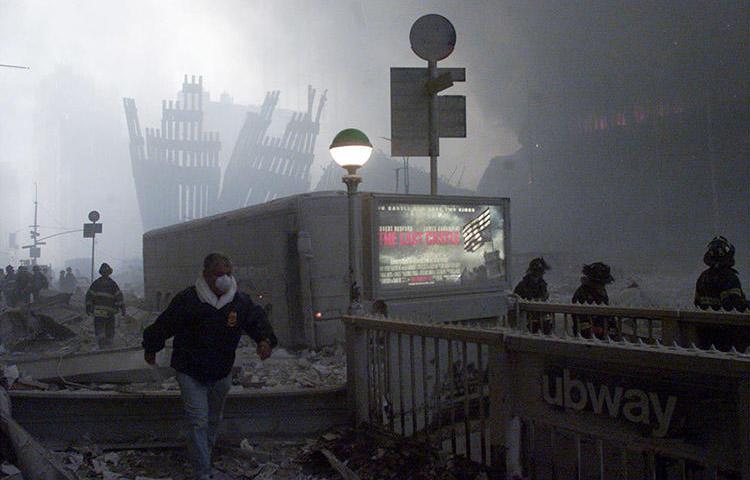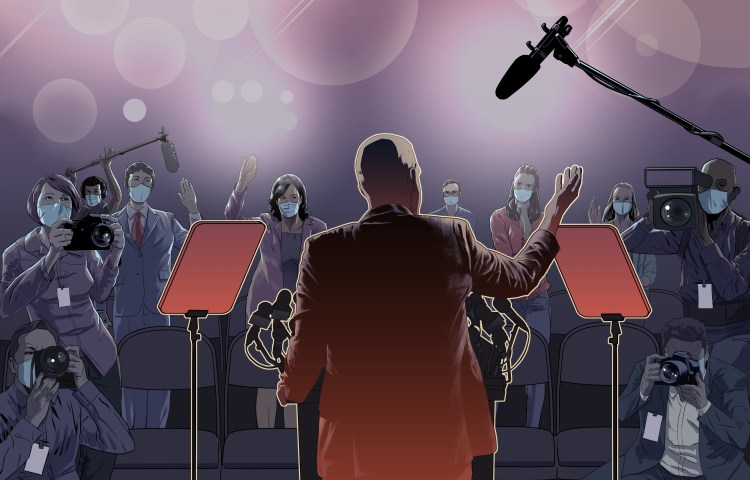
U.S. elections 2020: Journalist safety kit
Updated June 25, 2020 The United States is scheduled to hold presidential and congressional elections on November 3, 2020. Journalists covering elections and political rallies in the U.S. in recent years have been subjected to online and verbal harassment and even physical assault, CPJ has found. With ongoing protests against police brutality and racial injustice taking place across…
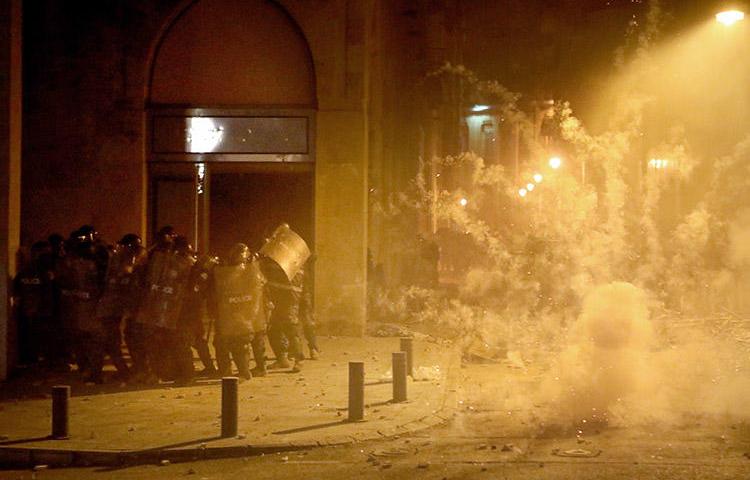
CPJ Safety Advisory: Covering protests in Lebanon
Protests in Lebanon have become more violent in recent weeks, with approximately 500 protesters and members of the security forces injured, according to reports. Lebanese authorities have used water cannon, batons, rubber bullets and, on occasion, fired teargas directly at protesters, according to reports. Protesters have thrown projectiles including molotov cocktails, stones and fireworks, directed…

When it comes to protecting journalists, Mexico’s safety mechanism comes up short
Gildo Garza sighs when he speaks of the institution that is supposed to protect him. “I feel disappointed, depressed, desperate, and alone,” he said. “I no longer have any hope in a system that was supposed to help me build up a new life or get my old life back.”
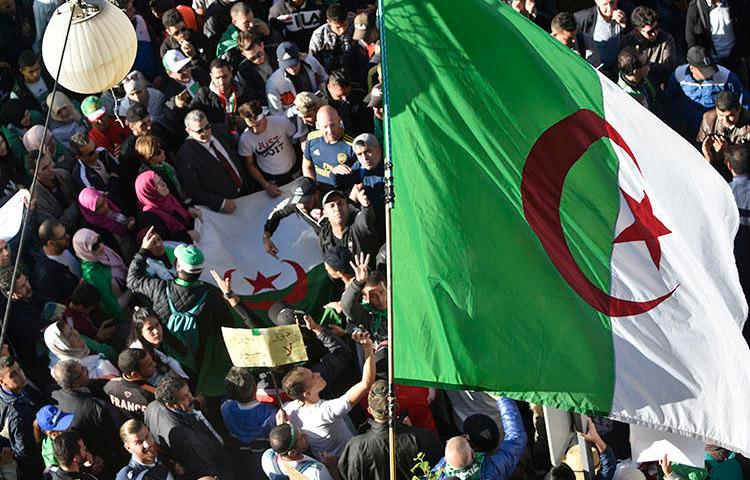
CPJ Safety Advisory: Covering unrest and elections in Algeria
Protests are taking place across Algeria ahead of a presidential election that is scheduled to take place on December 12, according to reports. The December vote comes after the resignation of President Abdelaziz Bouteflika, who stepped down from power after 20 years of rule amid widespread protests at the start of the year, according to…
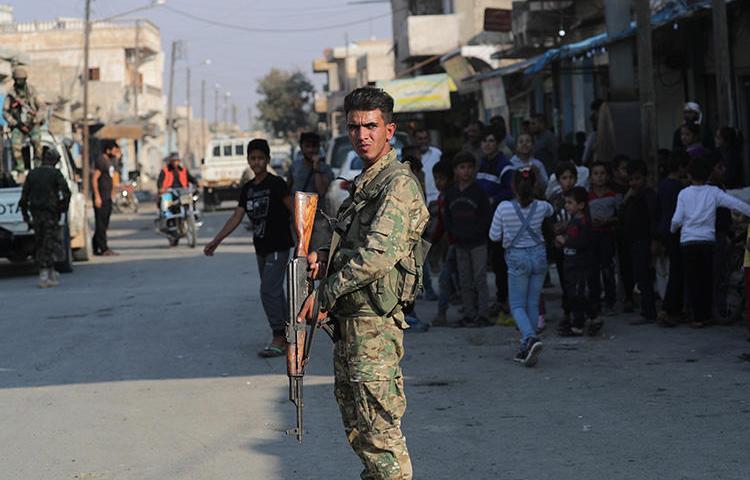
CPJ Safety Advisory: Covering Rojava and northern Syria
Following Turkey’s military incursion into northern Syria in October, dozens of local and international journalists have reported on developments from the region. The military action has increased risks for journalists, with at least three killed during Turkish airstrikes last month, according to CPJ research.
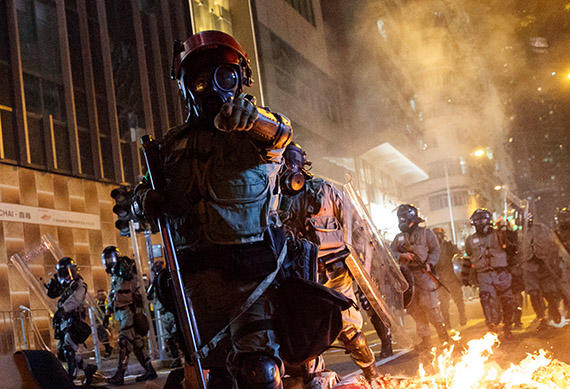
CPJ Safety Advisory: Covering unrest in Hong Kong
Police and protesters continue to clash in Hong Kong, especially on the weekends. Incidents in recent months that CPJ is aware of include journalists hit by pepper spray, tear gas, or projectiles fired from crowd-control weapons; police briefly detaining journalists; and demonstrators attacking journalists whom they believed were affiliated with pro-China news organizations. Journalists should…
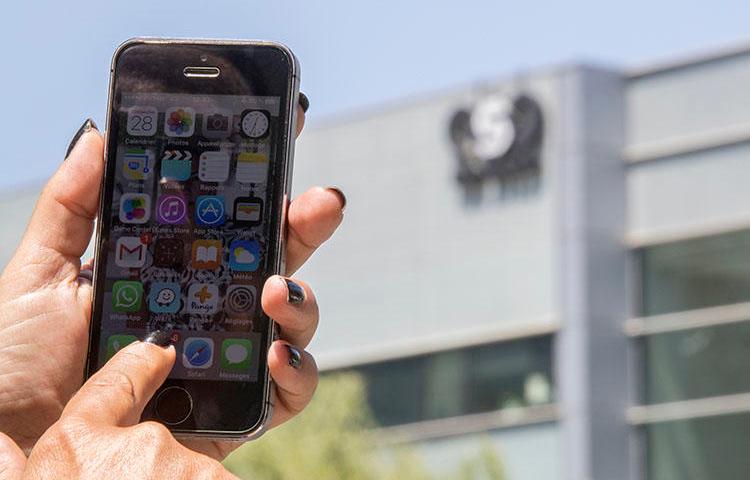
CPJ Safety Advisory: Journalist targets of Pegasus spyware
Pegasus is a spyware created for mobile devices which transforms a cellphone into a mobile surveillance station. Researchers have documented it being used to spy on journalists. This raises significant implications for journalists’ own security and that of their sources.
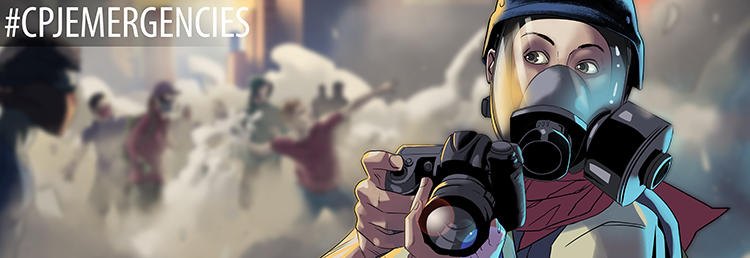
Physical Safety: War Reporting
Reporting from the front lines of a conflict is one of the most challenging assignments a journalist can undertake. All war correspondents should have hostile environment training, up-to-date medical training, and the correct safety equipment before going on assignment in a conflict zone.
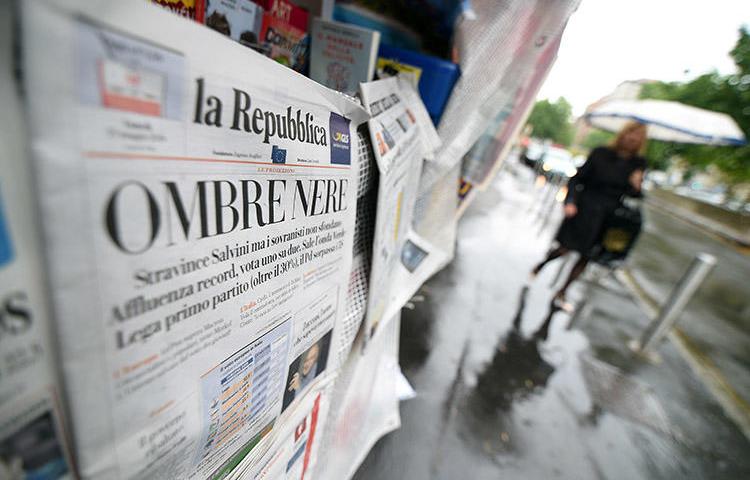
‘I was the first to lose my freedom’: How police protection impacts Italy’s investigative reporters
Explaining the sudden presence of two grim-looking bodyguards in a way that wouldn’t scare her children was never going to be easy for Federica Angeli, a reporter for la Repubblica. So when Angeli returned home with police protection for the first time in July 2013, she tried to turn the situation into a game. “I…
